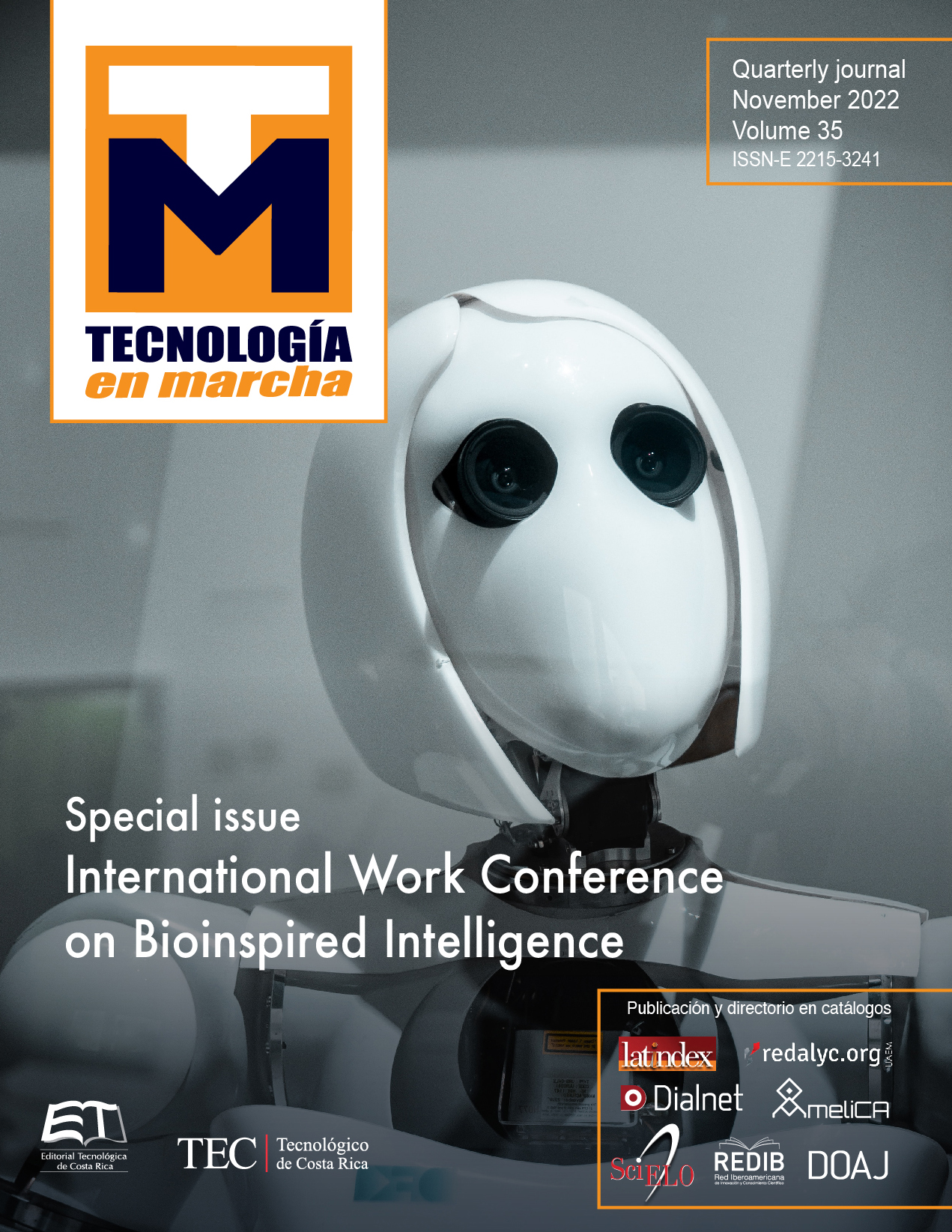Exploring the potential of an audio application for teaching AI-based classification methods to a wider audience
Main Article Content
Abstract
Knowledge about artificial intelligence (AI) is becoming increasingly important for many careers, especially those based in science and engineering. Besides formal education, the impact of AI on society lead to consider educational projects for teaching the fundamental concepts of AI at wider audiences, including high school levels. This can help more general audiences to better understand how AI works, with the hope that also parents and educators can help students develop a healthy appreciation for implications and limitations, along with an appropriate relationship and deeper interest on it. In this paper, we present a pilot project for teaching an AI-based classification method that is empirically evaluated with real data of a real problem, which can be understood and tackled with basic mathematical tools and activities suitable for high school students. With this proposal, we aim to show how audio and speech applications can inform a wider audience about advances in AI, its characteristics, and its future impact on society. Results and lessons learned from this project can form the basis for further projects using different tools and data, according to students’ interests and initiative.
Article Details

This work is licensed under a Creative Commons Attribution-NonCommercial-NoDerivatives 4.0 International License.
Los autores conservan los derechos de autor y ceden a la revista el derecho de la primera publicación y pueda editarlo, reproducirlo, distribuirlo, exhibirlo y comunicarlo en el país y en el extranjero mediante medios impresos y electrónicos. Asimismo, asumen el compromiso sobre cualquier litigio o reclamación relacionada con derechos de propiedad intelectual, exonerando de responsabilidad a la Editorial Tecnológica de Costa Rica. Además, se establece que los autores pueden realizar otros acuerdos contractuales independientes y adicionales para la distribución no exclusiva de la versión del artículo publicado en esta revista (p. ej., incluirlo en un repositorio institucional o publicarlo en un libro) siempre que indiquen claramente que el trabajo se publicó por primera vez en esta revista.
References
Williams, Randi, et al. “Popbots: Designing an artificial intelligence curriculum for early childhood education.” Proceedings of the AAAI Conference on Artificial Intelligence. Vol. 33. 2019.
Burgsteiner, Harald, Martin Kandlhofer, and Gerald Steinbauer. “Irobot: Teaching the basics of artificial intelligence in high schools.” Thirtieth AAAI Conference on Artificial Intelligence. 2016.
Williams, Randi, et al. “My doll says it’s ok” a study of children’s conformity to a talking doll.” Proceedings of the 17th ACM Conference on Interaction Design and Children. 2018.
Candello, Heloisa, et al. “30 Minutes to Introduce AI to Kids.” (2019).
Kandlhofer, Martin, et al. “Artificial intelligence and computer science in education: From kindergarten to university.” 2016 IEEE Frontiers in Education Conference (FIE). IEEE, 2016.
González-Salazar, Astryd, Michelle Gutiérrez-Muñoz, and Marvin Coto-Jiménez. “Enhancing Speech Recorded from a Wearable Sensor Using a Collection of Autoencoders.” Latin American High Performance Computing Conference. Springer, Cham, 2019.
Sakulkueakulsuk, Bawornsak, et al. “Kids making AI: Integrating Machine Learning, Gamification, and Social Context in STEM Education.” 2018 IEEE International Conference on Teaching, Assessment, and Learning for Engineering (TALE). IEEE, 2018.
Torrey, Lisa, et al. “The Turing Test in the classroom.” Thirtieth AAAI Conference on Artificial Intelligence. 2016. [9] Heinze, Clint Andrew, Janet Haase, and Helen Higgins. “An action research report from a multi-year approach to teaching artificial intelligence at the k-6 level.” First AAAI Symposium on Educational Advances in Artificial Intelligence. 2010.
Touretzky, David, et al. “Envisioning AI for K-12: What Should Every Child Know about AI?.” Proceedings of the AAAI Conference on Artificial Intelligence. Vol. 33. 2019.
Holmes, Wendy. Speech synthesis and recognition. CRC press, 2001.
Coto-Jiménez, Marvin, John Goddard-Close, and Fabiola Martínez-Licona. “Im- proving automatic speech recognition containing additive noise using deep denoising autoencoders of LSTM networks.” International Conference on Speech and Computer. Springer, Cham, 2016.

